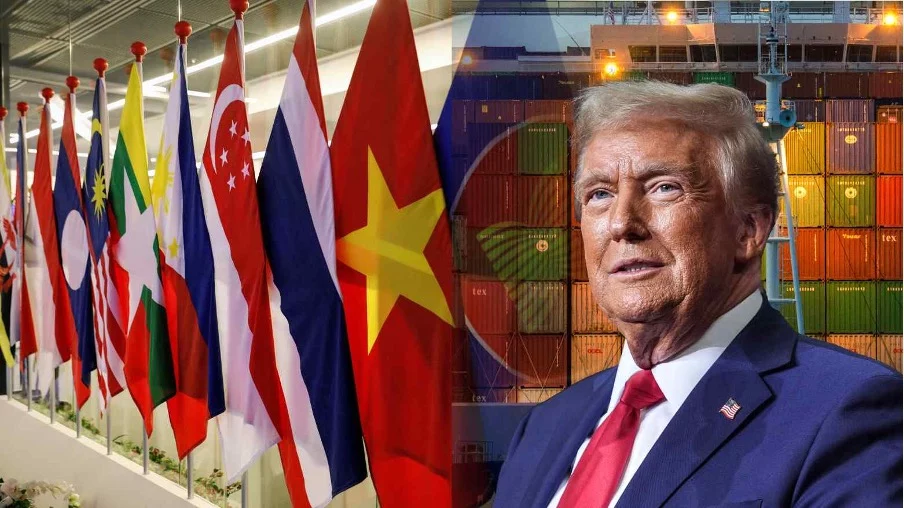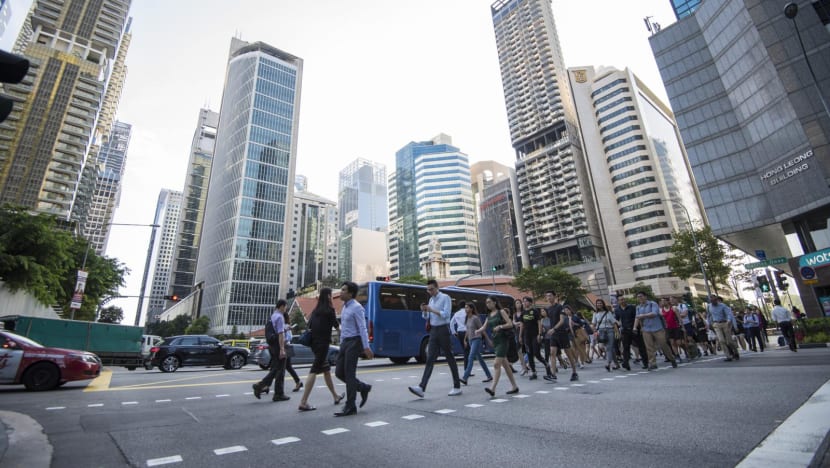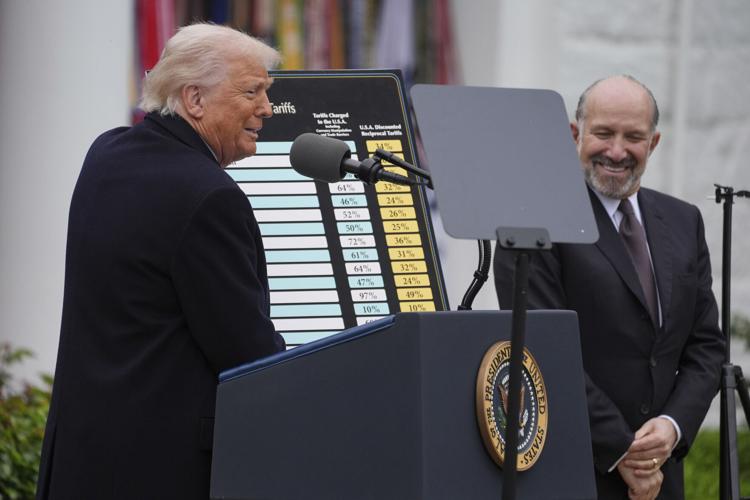Trump’s “Liberation Day” Tariffs: What Singapore’s Investors & High Earners Need to Know
TLDR;
- Singapore hit with 10% baseline tariff—higher than expected for a close U.S. ally
- China faces 34% tariff (54% cumulative with earlier levies)—ripple effects on Singapore’s trade-dependent economy
- ASEAN hit hardest: Vietnam (46%), Thailand (36%), Indonesia (32%)—supply chain disruptions likely
- Market volatility expected: STI down 0.5%, but outperforms plunging Asian indices
- Nearly half of Singapore firms plan to pass costs to consumers—inflationary pressures loom
Trump’s Tariff Bombshell: A “Liberation Day” for the U.S., Pain for Asia
U.S. President Donald Trump has unleashed the most aggressive trade policy shift in decades, imposing a 10% baseline tariff on all imports and additional “reciprocal” tariffs on over 60 countries—with Asia bearing the brunt.
While Singapore avoids the worst of the targeted rates (unlike Vietnam’s 46% or Thailand’s 36%), the 10% universal tariff still stings, given the city-state’s reliance on global trade.

Does it matter to Singapore’s Investors?
-
Trade-Dependent Economy at Risk
-
Singapore’s exports account for ~176% of GDP—any global trade slowdown will hurt.
-
China (facing a 54% cumulative tariff) is Singapore’s largest trading partner—expect weaker demand for Singaporean goods and services.
-
-
Corporate Sentiment & Earnings Impact
-
45% of Singapore firms plan to pass tariff costs to consumers, while others may diversify supply chains.
-
Tech & semiconductors (key Singapore sectors) face turbulence—Taiwan (32%) and South Korea (25%) tariffs disrupt chip supply chains.
-
-
Market Volatility & Safe Havens
-
STI fell 0.5%, but fared better than Japan’s -4.3% or South Korea’s -2.3%.
-
Investors flocking to USD, gold, and short-term Treasuries—Singapore’s MAS may adjust monetary policy if inflation spikes.
-
-
Opportunities in the Chaos
-
ASEAN manufacturing reshuffle: Some firms may relocate from China/Vietnam to Singapore to avoid tariffs.
-
Defensive stocks (utilities, healthcare) may outperform as cyclical sectors (tech, shipping) wobble.
-
What High Earners & Investors Could Do Now
- Reassess U.S.-exposed portfolios: Tech, luxury goods, and China-linked stocks face headwinds.
- Watch for retaliatory measures: EU/China may impose counter-tariffs, worsening global trade.
- Diversify into non-trade-sensitive assets: Real estate, private equity, and local consumption plays could hedge risks.
- Prepare for inflation: Rising import costs may push Singapore’s GST-linked prices higher.

Trump’s tariffs mark the end of the free-trade era—Singapore’s open economy must adapt. While short-term pain is likely, savvy investors can spot opportunities in supply chain shifts and defensive sectors.
Check the full list of countries that Trump has announced tariffs on.
It’s important to note that tariff policies can evolve rapidly, and final rates may depend on negotiations or exemptions granted after initial announcements. For real-time updates, readers should consult official government statements or trusted news outlets.
Let us know what you think about this topic, and what do you want to hear next.
You can now be our community contributor and make a pitch to have your favourite personality be on our show.
Join our community group and drop us your insights on this topic.

-3.png?width=50&name=Square%20(2)-3.png)










Let us know what you think of this post